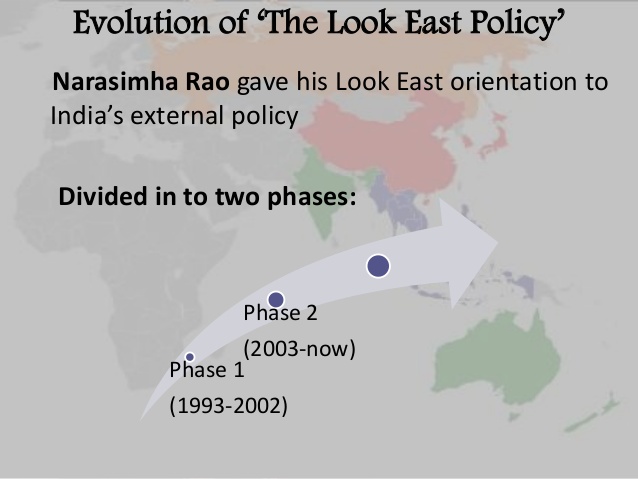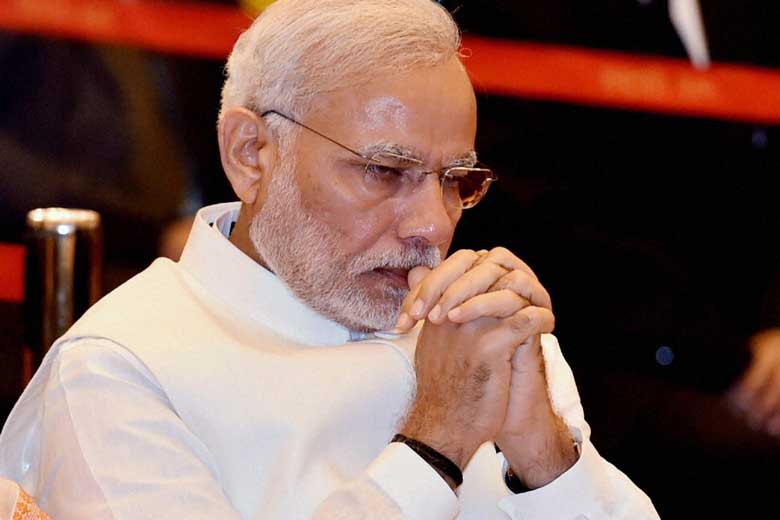Act East Policy: Japan’s Investment in North East India
The idea behind the Act East Policy is to generate a road map for investments in the North East region of India which holds immense strategic importance.

W
ith its growing influence in the East and a flourishing economy, China has started to invest in various developmental projects including the China-Pakistan Economic Corridor (CPEC) and One Belt One Road (OBOR) to enhance its connectivity along its borders. The rise of China’s influence has concerned its neighbours. In the backdrop of this, India and Japan have joined hands for a strategic partnership for cooperation in infrastructure and security with the Act East Policy.
Formerly known as the ‘Look East Policy’, it was launched during the tenure of PM P.V Narasimha Rao in 1991-1996 but it didn’t gain much importance. Later, during the tenure of former PM Manmohan Singh (2004-2014) and in the recent years, under PM Narendra Modi, the Look East policy gained momentum. Renamed as Act East Policy, it was launched at the East Asia Summit held in Myanmar in November 2014. Its main aim is greater connectivity and cooperation of India with ASEAN (Association of South East Asian Nations).
PM Modi believes that India’s development is stagnant because there has been an ‘imbalance in the process of development’. The North Eastern Region of India has always been neglected, and for India to prosper, it needs to invest in building capabilities in the region which would further provide a boost to the economy. Consequently, the government is working on several developmental projects like construction of roads, railways, airways and strengthening the infrastructure which would enhance connectivity to ASEAN. For instance, the construction of the Dhola Sadia Bridge last year is one such initiative, which connects Assam and Arunachal Pradesh and cuts time travel by four to five hours.
“The main aim of the Act East Policy, which comprises the North Eastern states of Arunachal Pradesh, Assam, Manipur, Meghalaya, Mizoram, Nagaland, Sikkim, and Tripura is to connect the resource-rich North East India to Japan in order to improve its economy and increase cooperation along with bilateral ties with Japan and other partners.”
This eventually would lead to regional incorporation and industrial networks based on mutual understanding besides connectivity.
V K Singh, Union Minister of State for External Affairs recently stated, “Improving connectivity in North Eastern states is the key to the success of the ‘Act East’ Policy that seeks to strengthen India’s ties with countries in the Asia-Pacific region.”
 Japan is interested in investing in India’s Act East Policy since North East India is the main priority. Japan has also invested in the project for launching the bullet train as the high speed economic corridor through Japan International Cooperation Agency (JICA). It is the biggest bilateral donor of India since 2007.
Japan is interested in investing in India’s Act East Policy since North East India is the main priority. Japan has also invested in the project for launching the bullet train as the high speed economic corridor through Japan International Cooperation Agency (JICA). It is the biggest bilateral donor of India since 2007.
Japan will grant a loan of Rs 2,239 crore to North East India for ‘North East Road Network Connectivity Improvement Project’ to develop the National Highway 40 (NH-40) and make a bypass on NH-54 in the North Eastern region. Though the loan that Japan has granted to India is in lowest interest rates, 30 per cent of the value of the project has to be given to Japanese firms. Despite the challenges, the way forward for cooperation is prioritising the traditional bilateral engagements.
India’s ability to influence its expanding ties with the United States (US) is also in the best interests of Japan, as the U.S -Japan alliance is the keystone of Japan’s security. Thus, when all of it is put together, it can direct connectivity and integration in a better manner and achieve the goals of the Act East Policy.
“The Governments of both the countries had signed the Memorandum of Cooperation on the establishment of Act East Forum when Japanese Prime Minister Shinzo Abe visited Ahmedabad in September 2017 with an outlook to strengthen the existing structure.”
The cooperation isn’t just limited to improvement of the structural infrastructure but also has a great potential for cultural links and exchanges between Japan and North East India.
Taking this into consideration, the government decided to focus more on improving its relations with ASEAN and the East Asian countries. It was also meant to do away with the insurgency issues in the North East and link the region to South East Asia.
It seems that the sea and the land are to become interlocked elements in India’s eastward drive. In short, the Look East and Act East policies combine military, political and economic components with it and add to India’s advantage even as China is heavily investing on the CPEC and OBOR.
